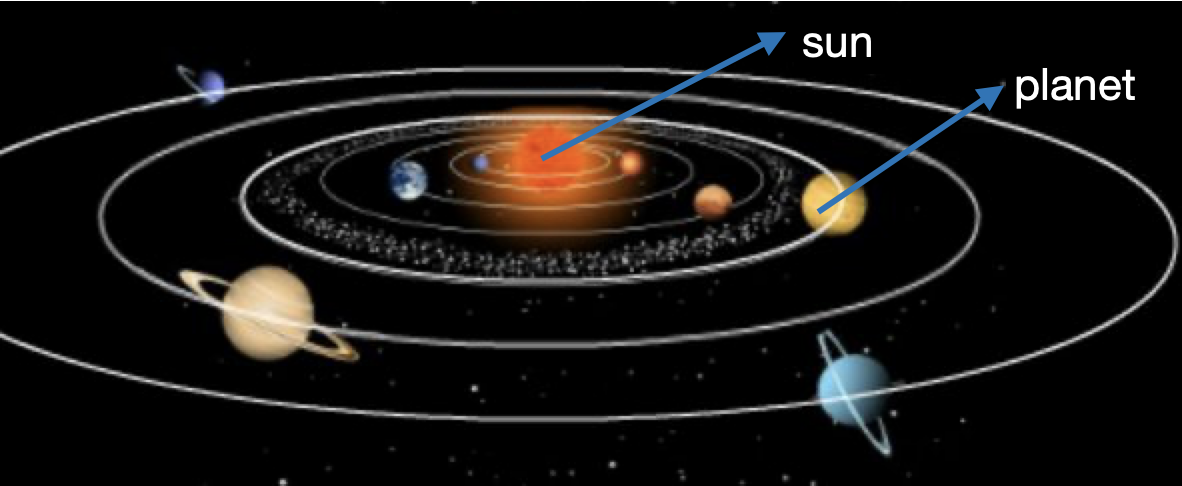

I study children’s sensitivity to abstract relationships of visual data. What do I mean by this? Let’s look at a few examples 🙂
All of a sudden you see something pretty incredible– a flock of geese flying across the sky, in a beautiful V-formation! You notice this flock fly behind a cloud, suddenly out of your view for a few seconds. You gaze slightly beyond the cloud where you think the flock of geese will emerge….and in a few seconds, you see that you were right! You extrapolated (you made a guess) about where the flock would appear upon emerging from behind the clouds because you saw their previous trajectory! Let’s see how you do in this activity below. The animation will play, and you will click where you think the geese will appear once the animation stops. If you want to try again, just click the Replay button!


This might feel familiar to you. One reason this could be the case is that this is the kind of process one would engage in when making an analogy (a correspondence or partial similarity). Analogies help us learn about the world, whether we want to understand a new domain, or find similarity in different structures.
So far you’ve seen examples where the relationship among things are static– but what about dynamic relationships? For instance, we can recognize cyclic patterns in the changes of the seasons, we know that certain birds migrate certain times of the year, and we are sensitive to
Let’s see an example!
You’re on an Planet Gazoob, and you see special green lights that make alien flowers bloom. You also learn that these flowers bloom in different ways because of the different ways in which the lights turn on and off. It is critical to have the lights and the flowers match, as these creatures need the flowers to survive on their planet.
The creatures on this planet need your help! They currently cannot see the lights, and need you to figure out which lights made the flower below bloom!
First press “Play Linear Light”, then press “Play Quadratic Light”, then press “Play Flower”. Do you know which light made the flower bloom? Go ahead and press the “Select ____ Light” when you are ready to make a guess!